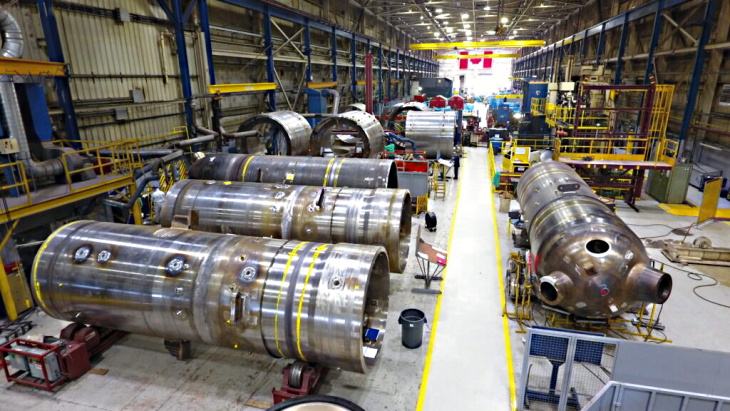Extract Resources announced that it is in discussions with Rio Tinto over the potential joint development of the Husab uranium project with the neighbouring Rössing uranium mine in Namibia.
Having earlier rejected proposals from Rio Tinto for joint development of the Namibian projects, Extract has now said that it is holding the talks "with a view to capturing the significant potential synergies that could be generated from a joint development of the two projects."
.jpg) |
| The Rössing open pit mine (Image: Rössing Uranium) |
In addition, Extract said that it was holding discussions with Kalahari Minerals, which holds a 41.1% stake in Extract, to "explore various options that might simplify the Extract/Kalahari shareholding structure." Rio Tinto is Extract's second-largest shareholder, with a 14.7% stake. It also holds a 12.5% stake in Kalahari, giving Rio Tinto an overall interest of 19.8% in the Husab project.
"These discussions remain confidential and incomplete and there is no certainty that the parties will reach any agreement," warned Extract.
The Husab project was known as Rössing South until Extract renamed the project late last year to avoid confusion with Rio Tinto's existing Rössing uranium mine, six kilometres to the north.
An application for a mining licence for the Husab project was lodged with Namibia's Minister of Mines and Energy in December 2010. Environmental approval was granted by the Namibian Ministry of Environment and Tourism in January 2011. Next steps will include the publication of a definitive feasibility study for the project, which is scheduled for commissioning in 2014.
JORC- and NI 43-101-compliant resource estimates for zone 1 and 2 of the project, released in August 2010, show indicated resources of 241 million tonnes of uranium at an average grade of 480 parts per million (ppm) U3O8, and Extract says there is extensive potential for further uranium discoveries in the region. It describes Husab as the fifth largest uranium-only deposit in the world and proposes an open-pit mine and conventional acid leach process plant producing around 15 million pounds of uranium per year. Extract boasts that Husab would become the world's second-largest uranium mine after Canada's McArthur River.
The adjacent Rössing mine is operated by Rössing Uranium Ltd, which is 68.6% owned by Rio Tinto. The company has mined the deposit from 1976 as a large-scale open pit in very hard rock. Rössing's reserves at the end of 2009 were 7650 tU proven, and 51,800 tU probable, at 0.031% U in ore. In 2010, the Rössing mine produced 3083 tonnes of uranium, making it the third largest uranium mine in the world.
After three years evaluation, it was decided in December 2005 to invest $112 million to further develop the Rössing mine, extend its life to 2016 and increase the output to 3400 tU per year.
Researched and written
by World Nuclear News




_69614.jpg)

_15447.jpg)





